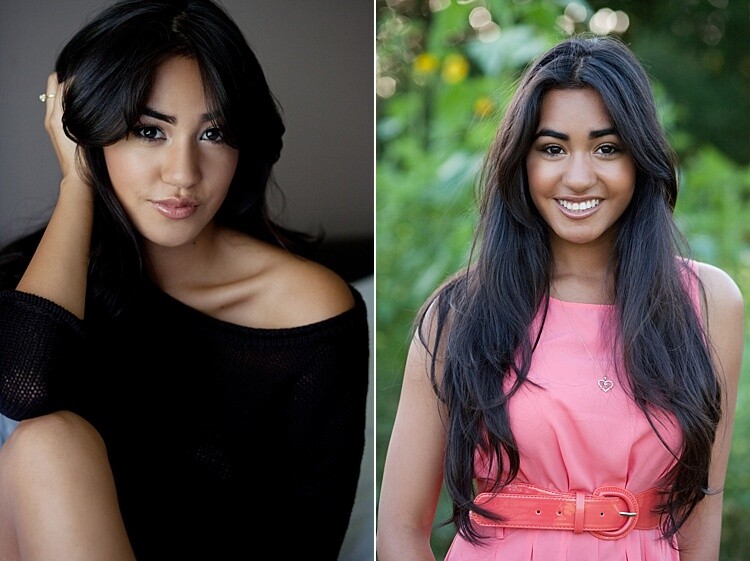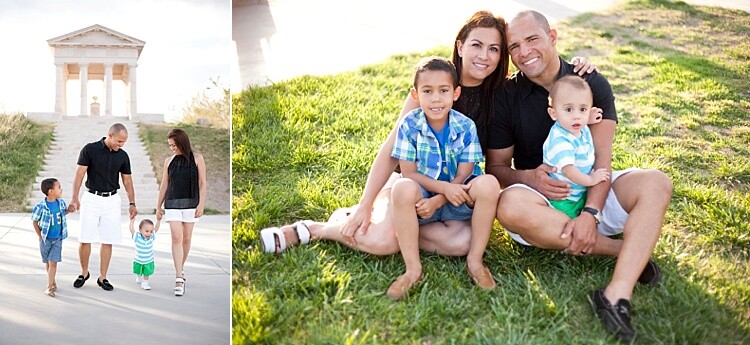A Post By: Jeremy Flint








Here are some practical steps to take and 5 photography mistakes you want to avoid in order to help you capture better seascape images.
Capturing seascapes is a very popular past-time and one of the most enjoyable and fascinating types of landscape photography. People love to capture the ocean and for good reason.
Seas around the world are more accessible than ever to the majority of us. People take regular holidays to visit the abundance of natural beaches and the ocean provides a fantastic place of escape and freedom from bustling towns and cities.

The ocean is a breathtakingly beautiful place and offers peace, tranquility, and an ideal opportunity to capture some memorable images. While the coastline offers photographers spectacular seas and atmospheric skies, recording these scenes can be challenging.
Mistake #1 – Cloudless skies
A common mistake that is often presented in seascape imagery is a vast expanse of empty sky without any texture or formation from clouds to lift the image.

To avoid this pitfall, head to the coast on partially cloudy days. Photographing ocean vistas to include the different patterns and shapes of clouds above the sea will help your images to become more inspiring.
If you find yourself taking pictures by the sea during first and last light, you will discover the colors in the sky can look even more dramatic than at other times of the day. This can beautify your image with vibrant sunset skies igniting the sky.
Alternatively, capturing big white clouds to complement a blue sky or dark, moody and overcast skies can add drama and emotion to your images.

Mistake #2 – Not checking the tide schedule
If you are unprepared during a visit to photograph the ocean by not checking the tide schedule, you may get caught out by incoming tides and even freak waves during adverse weather.
The sea and waves can be unpredictable and powerful. I have ended up with wet shoes countless times while trying to capture the moving waves. Be mindful of the risks the ocean presents to you and the harmful impact the saltwater can have on your camera and equipment.
Always protect your camera (a plastic bag can keep it safe from the salty sea air) and be sure to clean your camera when you return home.

If you would like to capture the swell of the ocean at high tide or an exposed bay of rocks during low tide, be sure to check the tide times and visit at the right hour.
You will find that planning to be at the coast when the tide is at a certain point will help you shoot better compositions and seascape photos.
Mistake #3 – Not considering your composition
Capturing beautiful images of the coast is not as straightforward as you might think, especially if you don’t think about your composition carefully. A few things worth considering are leading lines and the rule of thirds.

Leading lines are a great way to lead the viewer’s eye into the frame toward the main focal point in the photo. They can help to create depth in an image and provide more purpose.
When photographing the sea, you will find that placing the horizon in the middle of the image will generally be less effective than positioning the water level above or below the center of the frame.

You may be asking if should you include more sea or more sky in your composition? Well, that depends on the nature of the scene in front of you and what is the most interesting and important aspect of the story.
If the sky is compelling and vibrant, your image will be stronger by including more sky. But if the sky is uninviting and lacks drama while the ocean is swirling beautifully, compose the image to include more of the sea.
Whatever you decide to shoot, be imaginative and creative with your composition and capture some great images.
Mistake #4 – No focal point

One of the great benefits of being by the coast is the variety of subjects to shoot. However, it is surprising to see the number of times beginner photographers take images of the sea without including a strong focal point in their images.
You could focus your camera on any number of interesting material at the sea such as piers, fishing boats, lighthouses, cliffs, rocks or fish.
Mistake #5 – Not including any foreground interest in the shot
While the sea can make an exciting subject, a mistake newbie photographers tend to make when capturing the ocean is to photograph the sea and sky with nothing in the foreground.
This can occasionally work well in the right light and setting.

But capturing an extra element such as cliff ledges, flowers, shells, or footprints in the sand will add context and another dimension to your image to help it stand out.
Conclusion
The best seascape images rarely happen by chance. Instead, they are the result of careful planning, diligence, and practice. Keep exposing, avoid these photography mistakes and use the tips and with plenty of practice, you will soon be capturing breathtakingly beautiful images!
How about you, what do you enjoy about seascape photography? Please share your tips and images below, as well as any questions you might have.




































